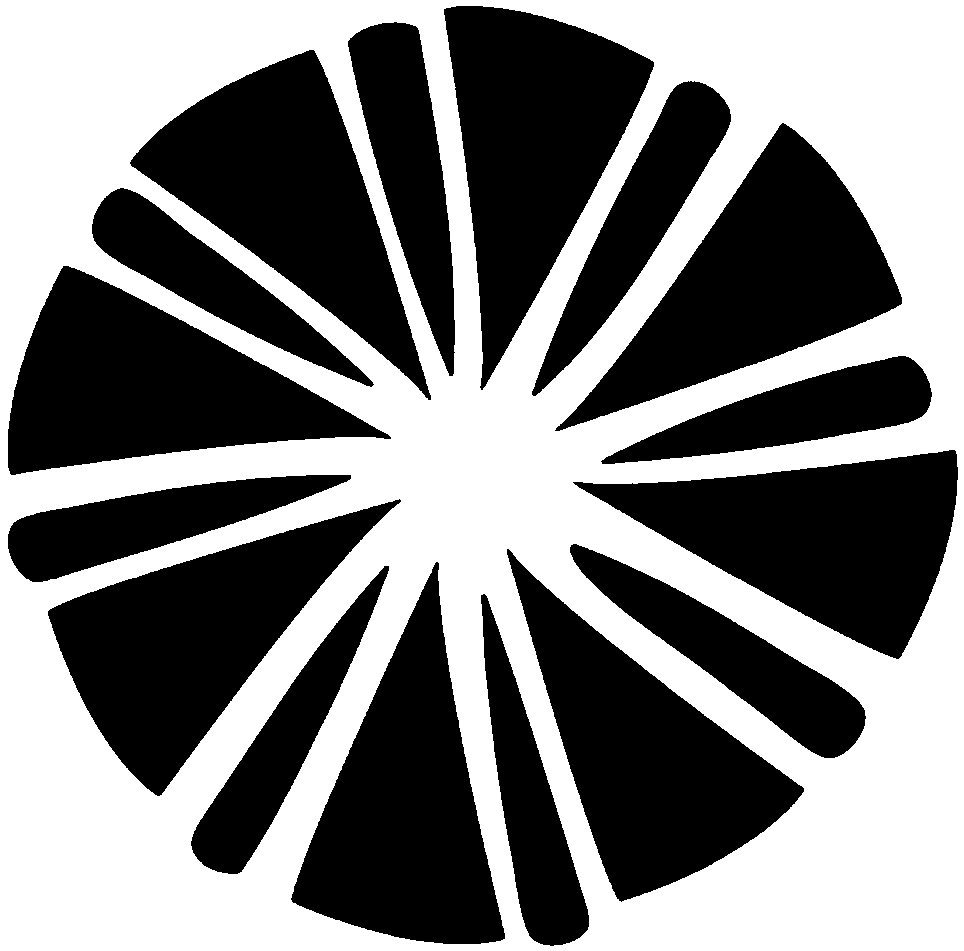Manufacturing method for ultra-fine fiber long-fiber non-woven fabric
A technology of ultra-fine fibers and a manufacturing method, applied in the field of long-fiber non-woven fabrics, can solve the problems of limited fiber fineness, ultra-fine fibers are not suitable for carding production lines, and there is no place for ultra-fine fibers, so as to reduce sensitivity and reduce hooking. , softness and skin-to-skin improvement
- Summary
- Abstract
- Description
- Claims
- Application Information
AI Technical Summary
Problems solved by technology
Method used
Image
Examples
Embodiment Construction
[0030] An embodiment of the present invention will be further described in conjunction with the accompanying drawings.
[0031] The present invention is obtained by using PET-PA6 two-component hollow segmented orange spunbond spunlace cloth, after alkali (NaOH) decrement treatment, dissolving all or part of PET, and achieving complete fiber opening effect.
[0032] The two-component hollow orange segment spunbond spunlace nonwoven fabric process refers to drying and melting PET and PA6 materials, and extruding the two components through the spinneret hole in a certain arrangement and ratio through a special spinning assembly. thus forming as Figure 4 The special fiber cross-section is drawn, and then the web is drawn, and then reinforced by high-pressure water needles and initially opened to form a non-woven fabric. The two-component hollow pie-shaped spunbond spunlace nonwoven fabric process is generally used in the manufacture of leather base fabrics. It aims to obtain sup...
PUM
 Login to View More
Login to View More Abstract
Description
Claims
Application Information
 Login to View More
Login to View More - R&D
- Intellectual Property
- Life Sciences
- Materials
- Tech Scout
- Unparalleled Data Quality
- Higher Quality Content
- 60% Fewer Hallucinations
Browse by: Latest US Patents, China's latest patents, Technical Efficacy Thesaurus, Application Domain, Technology Topic, Popular Technical Reports.
© 2025 PatSnap. All rights reserved.Legal|Privacy policy|Modern Slavery Act Transparency Statement|Sitemap|About US| Contact US: help@patsnap.com



